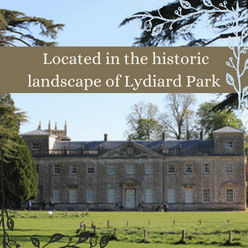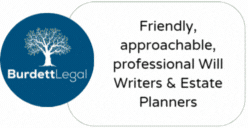In case you missed it see what’s in this section
Let's Talk
Everything You Need To Know About How The New Stamp Duty Rates
People looking to buy a second home now have to dig a little deeper as a result of changes brought in by the Chancellor. George Osborne’s reform to Stamp Duty, which came in to force on April 1, has raised the cost for people looking to purchase a second house or a buy-to-let property.
The policy has been seen as part of a wider move to take money away from property investors to help fund measures helping first time buyers, as well as freeing up properties for people to get on the housing ladder for the first time.
What are the Stamp Duty changes?
The new rules mean that any existing homeowner purchasing an extra property will have to pay three per cent more for Stamp Duty than people buying their first or main property.
Pre-April, then, Stamp Duty rates for buyers of second properties were:
For houses sold for up to £125,000: 0%
£125k-£250k: 2%
£250k-£925k: 5%
£925k-£1.5m: 10%
£1.5m: 12%
The new rates are as follows:
Up to £125,000: 3%
£125k-£250k: 5%
£250k-£925k: 8%
£925k-£1.5m: 13%
£1.5m: 15%
The total amount to pay is calculated as follows:
If you buy a £200,000 property, for example, then you pay 3% on the first £125,000, i.e. £3,750. On the remaining £75,000 you pay 5%, i.e. another £3,750.
The total for this purchase, therefore, is £7,500.
Homes And Property estimates that the average London property, bought as a second property, will carry a Stamp Duty fee of £32,400.
What else should you know about the new Stamp Duty rules?
Married couples and civil partners will be treated as one single unit. This means that if either partner already owns a property on their own, a new purchase together will count as a second property under the Stamp Duty rules. The higher charges also apply if you own a property overseas or if you try to purchase a property for your child in your name.
What has the impact of this change been so far?
Commentators have suggested that the changes have been responsible for a surge in activity at the start of the year, with investors desperate to get their purchase completed before April 1. Since the deadline, the pace in the market has slowed again.
What will the long term impact of the Stamp Duty change be?
It’s likely that, in the long term, prices will continue to rise in spite of these changes. Even a modest growth in house prices would make bricks and mortar a much sounder investment than many savings accounts, with interest rates remaining low.
The luxury market, which carries the highest Stamp Duty costs, is still likely to be attractive regardless. At this end of the sector – the sorts of homes you search for with Financial Times Property Listings – prices can grow at a rate that wipes out any hike in Stamp Duty in no time at all. The quality of the home and the attractiveness of the location help to outweigh the increased charge.
Further down the market, the impact could still be felt for a little while to come, with more modest investors needing to wait until they have a bigger fund to hand.
Weather in Swindon
Listings























